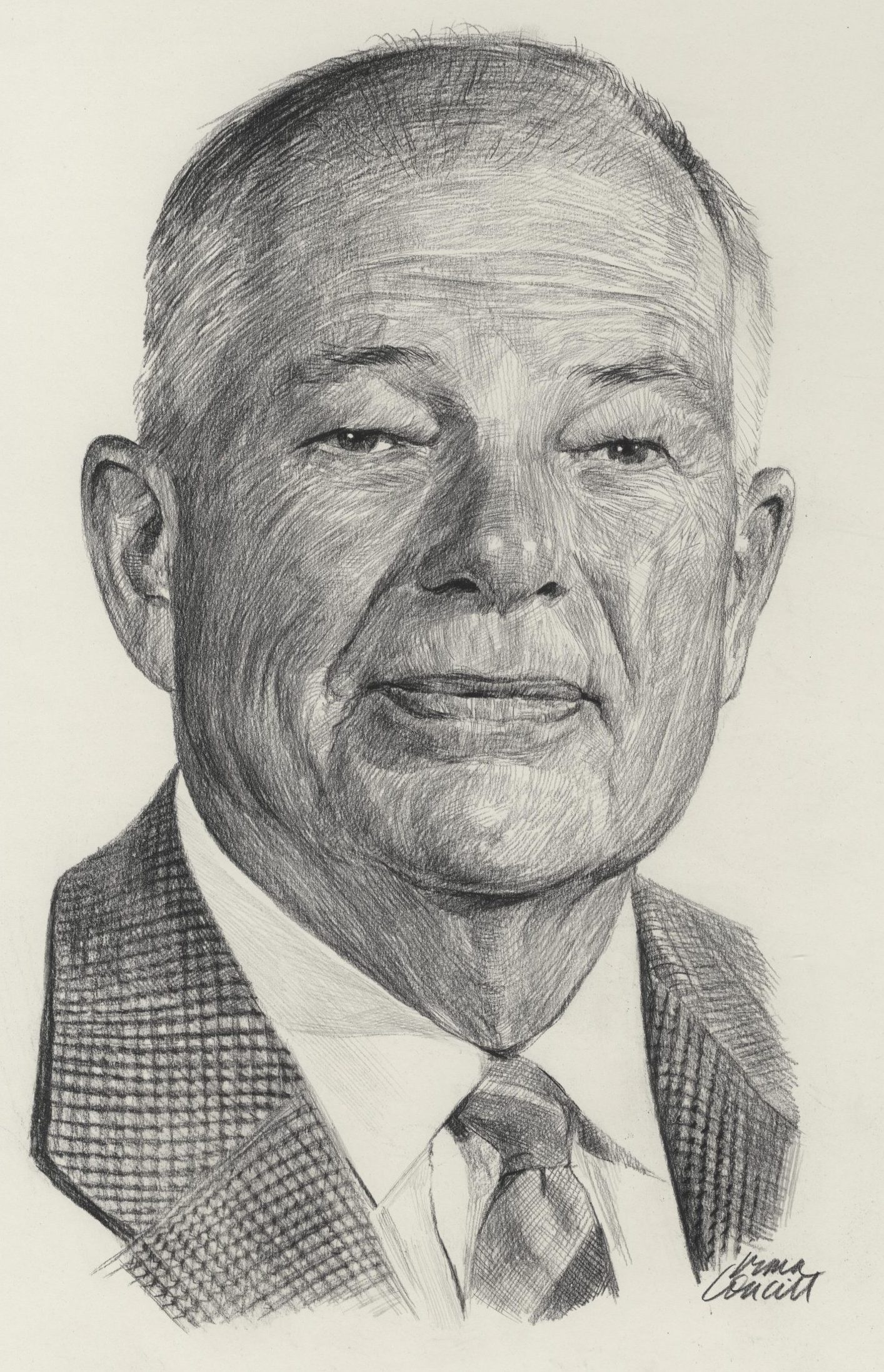Phillip Clarke Garratt

Nickname: Phil
Birth Date: July 13, 1894
Birth Place: Toronto, Ontario
Death Date: November 16, 1974
Year Inducted: 1974
Awards: AFC; CM; The McKee Trophy*; The McCurdy Award (CASI)
His fathering of a series of short take-off and landing aircraft, each of which gained world-wide acceptance, has been of outstanding benefit to Canadian aviation
The First World War
Philip Clarke (Phil) Garratt, A.F.C., C.M., was born on Friday, July 13, 1894, in Toronto, Ontario, where he was educated. He left the University of Toronto in 1915 to undertake basic training with the Curtiss Aviation School in Toronto as one of its first students. He earned his pilot's wings with the Royal Flying Corps (RFC) a year later in England. He served for some months with No. 70 Squadron, RFC, in France as a reconnaissance pilot, before being posted to the Gosport Flying School in England as an instructor, serving in that capacity until the end of the war. He was awarded the Air Force Cross (A.F.C.) for his services.
Flying Part-Time
When W.G. Barker and W.A. Bishop formed a commercial flying service in 1920, Garratt obtained a Civilian Aviator's Licence and was hired as a pilot. He did some barnstorming with the company, but the firm was not successful. He joined the Canadian Air Force as an instructor at Camp Borden, Ontario, but left the service the following year to enter the chemical business. He maintained his flying interest with a part-time job as test and ferry pilot for de Havilland Aircraft Canada (DHC) at Toronto until 1936, when he became Managing Director of the company.
Aircraft for the North
Quick to recognize the value of opening up Canada's northland for the exploration and development of natural resources, Garratt concentrated DHC's efforts on modifying their production aircraft to operate in this new environment. The Moth series had already been adapted for float operations. Under his direction, the Dragonfly and Dragon Rapide were successfully put to use as sturdy and rugged bush planes. Then he turned his attention to re-tooling the British parent company's highly successful training plane, the Tiger Moth, for use by the Royal Canadian Air Force (RCAF). DHC produced 1,747 of these training aircraft during the Second World War. As well, he managed to produce more than 1,000 Mosquito fighter-bombers, and assemble 375 Avro Anson aircraft.
During the post-war period, the demand for a modestly-priced bush aircraft led Garratt to order the design and construction of a modified Fox Moth. He promoted production of the Chipmunk trainer, which served the air forces of many countries and remained the basic training aircraft of the RCAF for two decades.
The de Havilland Beaver
In 1947 his foresight led to de Havilland's construction of the Beaver, the most successful work aircraft in Canadian history. More than 1,600 were built and, under the direction of C.H. 'Punch' Dickins and Russ Bannock, sold to 65 countries for both civil and military use. This success was followed by production of the Otter, Caribou, Buffalo, Twin Otter, and the 4-engined Dash-7, all short take-off and landing aircraft (STOL), which earned DHC a world-wide reputation.
For many years Phil Garratt had dreamed of producing the ideal bush plane - one that would be built for the Canadian operator's requirements. Bush pilots were canvassed from coast to coast and their recommendations tallied closely with his own. He incorporated their opinions, and the result was the prototype Beaver, which became an unqualified success.
Honour and Recognition
Garratt received many honours and awards for his dedication and effort towards the improvement of aviation in Canada. He was chosen to receive the Trans-Canada (McKee) Trophy for 1951 for his distinguished aviation accomplishments. In 1960 he received the Canadian Aeronautics and Space Institute's McCurdy Award, and in 1966 he was named recipient of the Trans-Canada (McKee) Trophy for the second time, in recognition of his fifty years' contribution to aviation in Canada. On May 2, 1973 Phil Garratt boarded a Wardair Boeing 747 (CF-DJC - named the P.C. “Phil” Garratt) with Max Ward & other pilots and families for the inaugural flight from Everett, Washington to Toronto, Ontario.
He retired as Chairman of the Board of de Havilland Aircraft Company in 1965, retaining a seat as Director until his full retirement in 1971, after a half-century as a pilot and aviation executive. In 1971 he was made a Member of the Order of Canada (C.M.). Garratt died in Toronto on November 16, 1974.
Philip Clarke Garratt was inducted as a Member of Canada's Aviation Hall of Fame in 1974 at a ceremony held in Edmonton, Alberta.
To return to the Inductee Page, please click here.
